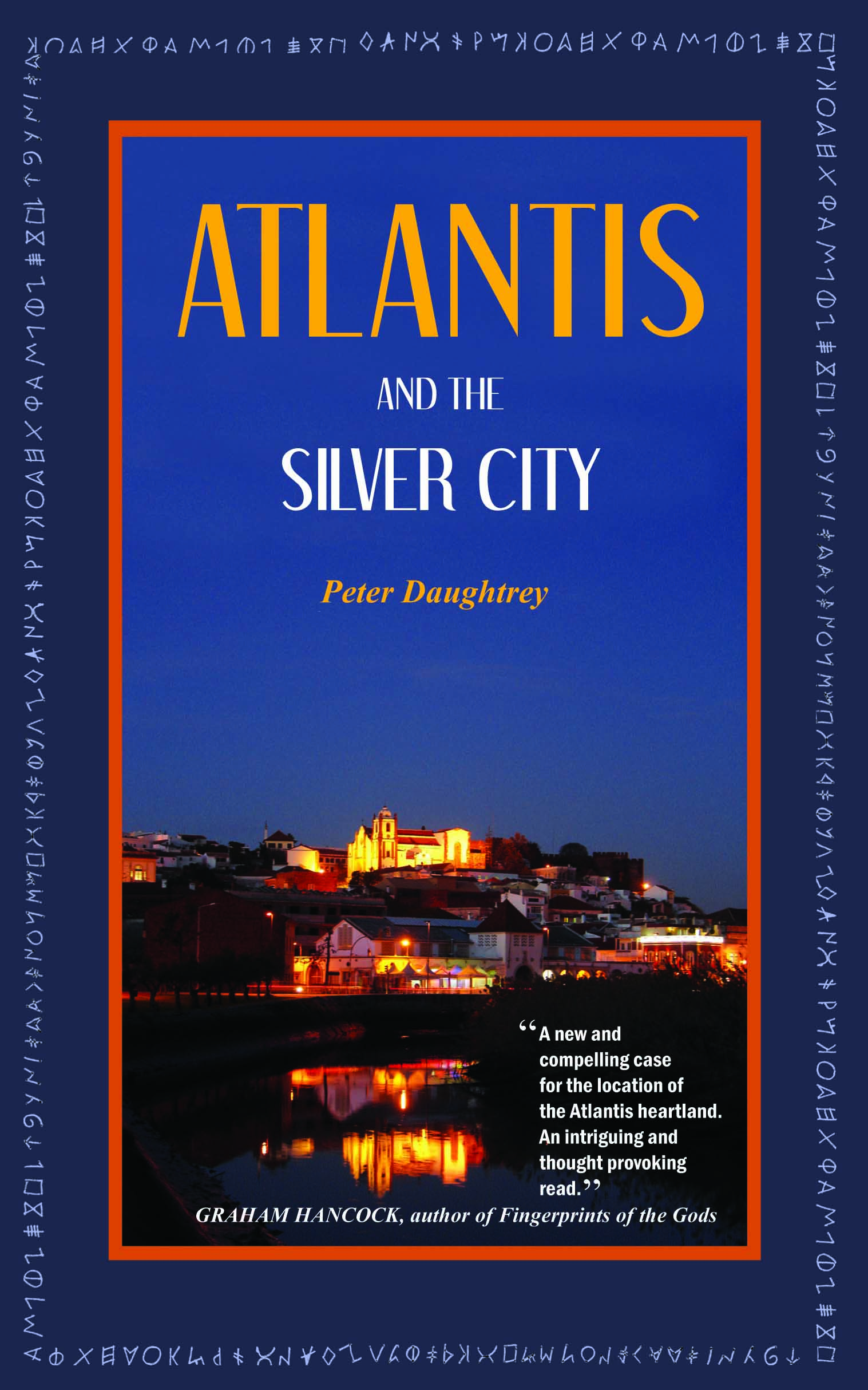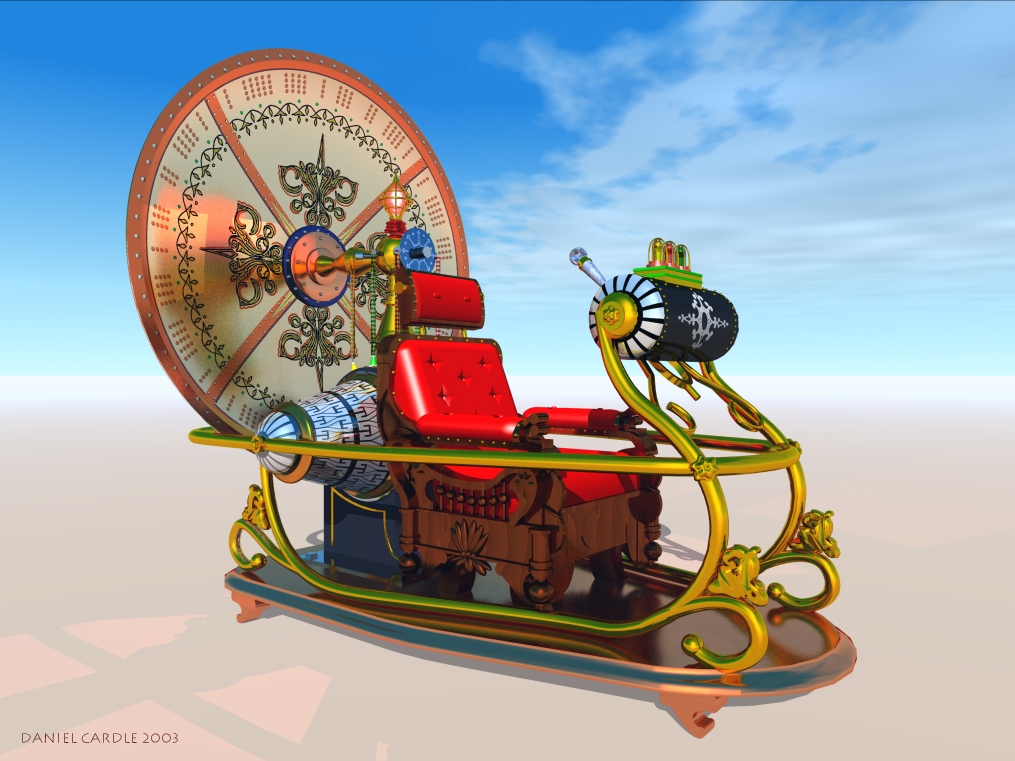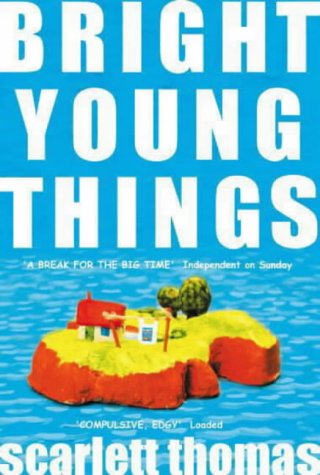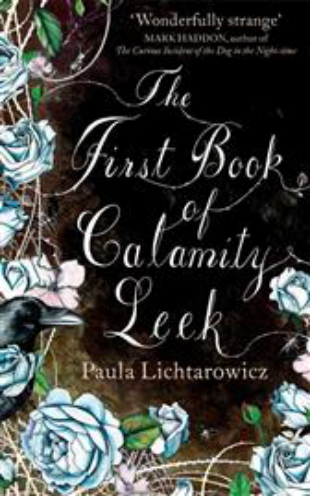Although I found Peter Daughtrey’s book interesting, I have little knowledge of the subject area, while a friend of mine has a firm interest in classical history. Given his intrigue in the book I thought it best to offer him the opportunity to review it. The following is Robin Temple’s review of Atlantis and The Silver City.
“Atlantis and the Silver City” is Peter Daughtrey’s account of his theory of the location of the mythical land of Atlantis. Born in England, the author now lives in the South of Portugal, pursuing his lifelong interest in ancient civilizations. A serendipitous find in a local museum in the Algarve sparked his hypothesis that the seabed of Southwest Iberia once formed the cultivated plains of Atlantis, the Northern mountains of which still exist in the Algarve. Based on the descriptions in the texts of the greek philosopher Plato, Daughtrey identifies Silves, as the eponymous capital of Atlantis.
The book is hard to categorise: it is partly a report, partly an exposition of the author’s hypothesis, interspersed with fictional accounts of the Atlantean past – akin to a docu-drama in book form. As you might expect, this mix of styles offers an unusual and riveting read. The author might not be a trained historian nor archaeologist, and certainly does not pretend his book is an academic text. Instead, from the word go you are taken on a journey of discovery, based somewhere between fiction and fact, and you are sure to be entertained.
It is a vibrant collection of matches between his interpretation of clues in Plato’s text and the landscape in Southwestern Iberia. However, serious readers should approach with care and skepticism, as much of the supporting arguments come from like-minded laymen and the book does not relate the core hypothesis comprehensively to the academic literature. Much of the matches identified by Daughtrey are based on his correction of supposed mistranslations of Plato’s text. It is not necessary to be a expert in classical languages to imagine that the textual history of two thousand year old manuscripts leaves much for debate, even more so the interpretation and translation of single words. This uncertainty also allows for many different possible interpretations of the clues.
“Atlantis and the Silver City” should be read as the account of someone having fun unearthing clues in a historical detective story. Daughtrey’s writing style is very satisfying to read and he does not distance himself from the reader by using overly complex phrases or terminology. His use of different writing forms keeps the pace of the book interesting and the reader engaged, making it a good book to read even if you have no prior knowledge of the subject area. As a skeptic of the topic unfortunately Daughtrey failed to persuade me of the true location of Atlantis, but perhaps other readers might come to a different conclusion.


 What they say:
What they say: 



